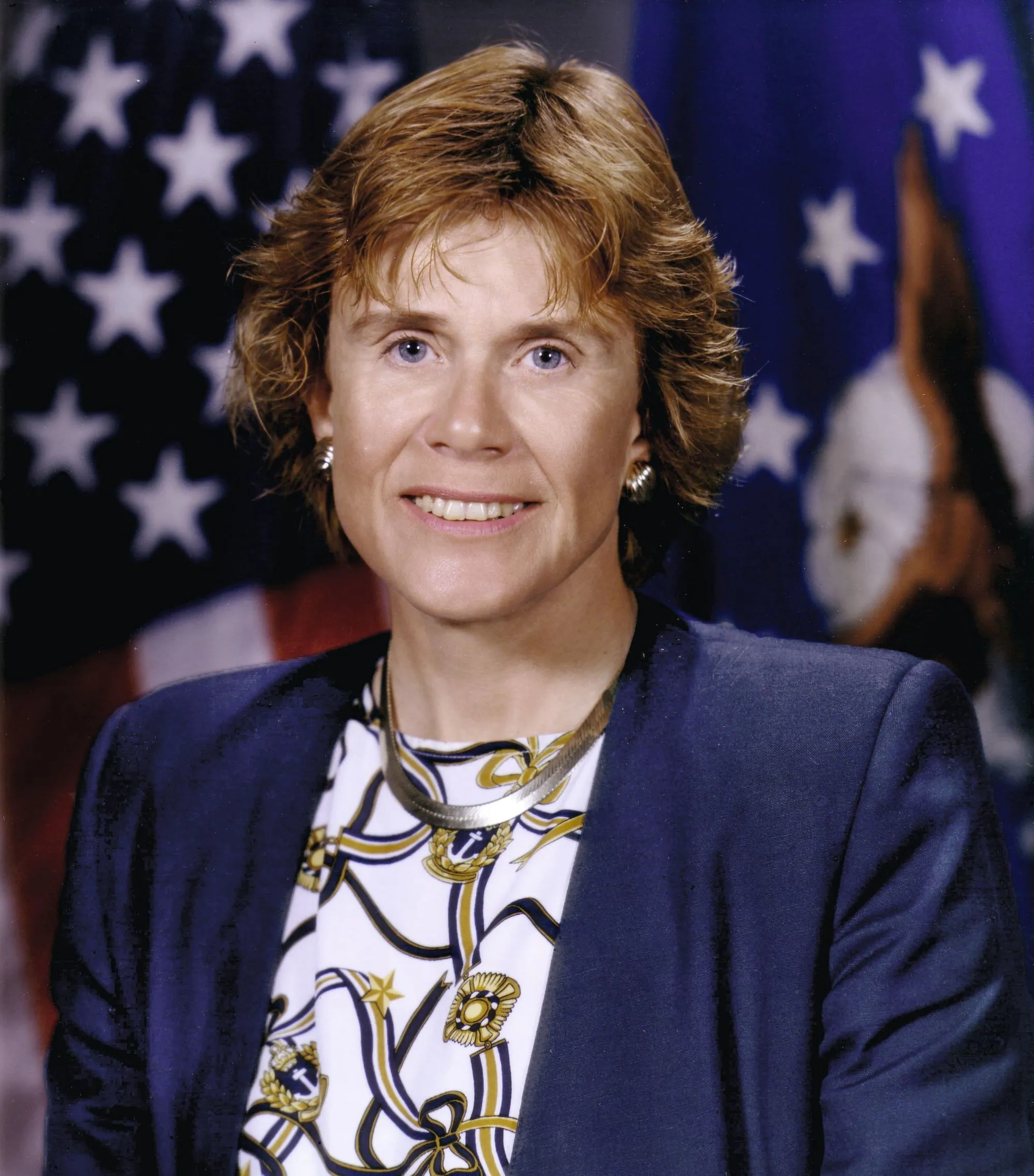Unit 4
Reading corner
Barriers and enablers for women in engineering
Ressource affichée de l'autre côté.
Faites défiler pour voir la suite.
Faites défiler pour voir la suite.
Text document
While she was talking with male colleagues, the author discovered that they used male codes which made her feel excluded. This is why she thinks that things have to change in engineering.
In a recent seminar with faculty colleagues, we were discussing the information content of a string of numbers. The assertion was made that the quantity of information equaled the number of bits in the string, unless you were told that, for example, the string was the digits of Pi. Then the information quantity became essentially one. The additional assertion was made that of course all MIT freshmen knew Pi out to some outrageously large number of digits. I remarked that this seemed to me like a “guy” sort of thing, and I doubted that the women at MIT knew Pi out to some large number of digits.
This got me thinking whether there are other “guy” sort of things which are totally irrelevant to the contributions that engineers make to our society but that nevertheless operate to keep women out of engineering. These “guy” things may also be real barriers in the minds of some male faculty members who may unconsciously, or even consciously, tell women that women don't belong in engineering. I have recently visited university campuses where that is still going on.
Let me make a strong statement: If women don't belong in engineering, then engineering as a profession is irrelevant to the needs of our society. If engineering doesn't make welcome space for them and embrace them for their wonderful qualities, then engineering will become marginalized as other fields expand their turf to seek out and make a place for women.
So let me give you Sheila Widnall's top 10 reasons why women are important to the profession of engineering:
10. Women are a major force in our society. They are self-conscious about their role and determined to be heard.
9. Women are 50 percent of the consumers of products in our society and make over 50 percent of the purchasing decisions.
8. To both men and women today, a profession that does not have a significant percentage of women is not an attractive career choice.
7. Women are integrators. They are experts at parallel processing, at handling many things at once.
6. Women are comfortable in fuzzy situations.
5. Women are team builders. They inherently practice what is now understood as an effective management style.
4. Engineering should be and could be the twenty-first century foundation for all of the professions.
3. Women are a major force in the professions of law, medicine, media, politics, and business.
2. Women are active in technology. Often they have simply bypassed engineering on their way to successful careers in technology.
1. Women are committed to the important values of our times, such as protecting the environment, product safety, and education, and have the political skill to be effective in resolving these issues. They will do this with or without engineering. They are going to be a huge force in the solution of human problems.
[...] What I want to see are engineering classrooms full of bright, young, enthusiastic students, male and female in roughly equal proportions, who are excited about the challenge of applying scientific and engineering principles to the technical problems facing our society. These women want it all. They want full lives. They want important work. They want satisfying careers. And in demanding this, they will make it better for their male colleagues as well. They will connect with the important issues facing our society. Then I will know that the engineering profession has a future contribution to make to our society.
In a recent seminar with faculty colleagues, we were discussing the information content of a string of numbers. The assertion was made that the quantity of information equaled the number of bits in the string, unless you were told that, for example, the string was the digits of Pi. Then the information quantity became essentially one. The additional assertion was made that of course all MIT freshmen knew Pi out to some outrageously large number of digits. I remarked that this seemed to me like a “guy” sort of thing, and I doubted that the women at MIT knew Pi out to some large number of digits.
This got me thinking whether there are other “guy” sort of things which are totally irrelevant to the contributions that engineers make to our society but that nevertheless operate to keep women out of engineering. These “guy” things may also be real barriers in the minds of some male faculty members who may unconsciously, or even consciously, tell women that women don't belong in engineering. I have recently visited university campuses where that is still going on.
Let me make a strong statement: If women don't belong in engineering, then engineering as a profession is irrelevant to the needs of our society. If engineering doesn't make welcome space for them and embrace them for their wonderful qualities, then engineering will become marginalized as other fields expand their turf to seek out and make a place for women.
So let me give you Sheila Widnall's top 10 reasons why women are important to the profession of engineering:
10. Women are a major force in our society. They are self-conscious about their role and determined to be heard.
9. Women are 50 percent of the consumers of products in our society and make over 50 percent of the purchasing decisions.
8. To both men and women today, a profession that does not have a significant percentage of women is not an attractive career choice.
7. Women are integrators. They are experts at parallel processing, at handling many things at once.
6. Women are comfortable in fuzzy situations.
5. Women are team builders. They inherently practice what is now understood as an effective management style.
4. Engineering should be and could be the twenty-first century foundation for all of the professions.
3. Women are a major force in the professions of law, medicine, media, politics, and business.
2. Women are active in technology. Often they have simply bypassed engineering on their way to successful careers in technology.
1. Women are committed to the important values of our times, such as protecting the environment, product safety, and education, and have the political skill to be effective in resolving these issues. They will do this with or without engineering. They are going to be a huge force in the solution of human problems.
[...] What I want to see are engineering classrooms full of bright, young, enthusiastic students, male and female in roughly equal proportions, who are excited about the challenge of applying scientific and engineering principles to the technical problems facing our society. These women want it all. They want full lives. They want important work. They want satisfying careers. And in demanding this, they will make it better for their male colleagues as well. They will connect with the important issues facing our society. Then I will know that the engineering profession has a future contribution to make to our society.
Text document
Ressource affichée de l'autre côté.
Faites défiler pour voir la suite.
Faites défiler pour voir la suite.
Questions
a) Why did the author feel excluded?
b) How many digits of Pi do you know?
c) Why would “knowing an outrageously large number of digits of Pi” be a “guy” thing?
d) Do you agree with the concept of "guy thing"?
e) What still exists today according to the author?
f) What will happen to engineering if it remains a “guy” job?
g) What do you think of this “top 10”?
h) Would you have chosen the same order for the various arguments? Why?
i) Can you think of other reasons why women are important to the profession of engineering?
j) What does the author hope?
k) What do women want?
l) What consequence will it have for the male colleagues?
Ressource affichée de l'autre côté.
Faites défiler pour voir la suite.
Faites défiler pour voir la suite.




Sheila Widnall was the Secretary of the United States Air Force between 1993 and 1997 under the presidency of Bill Clinton.
She was also a professor of aeronautics and astronautics at the Massachusetts Institute of Technology (MIT) in Boston.
Her research was focused on Fluid mechanics, in particular the aerodynamics of high-speed vehicles, helicopters, aircraft wakes, and turbulence.
One of her most notable works is on the elliptical instability mechanism.
She was also a professor of aeronautics and astronautics at the Massachusetts Institute of Technology (MIT) in Boston.
Her research was focused on Fluid mechanics, in particular the aerodynamics of high-speed vehicles, helicopters, aircraft wakes, and turbulence.
One of her most notable works is on the elliptical instability mechanism.
Ressource affichée de l'autre côté.
Faites défiler pour voir la suite.
Faites défiler pour voir la suite.
Your time to shine!
Ressource affichée de l'autre côté.
Faites défiler pour voir la suite.
Faites défiler pour voir la suite.
You are a member of the science club in your high school.
You have been asked to write an article for your school website. You decided to explain what contribution Sheila Widnall brought to the cause of women in sciences (150-180 words).
Ressource affichée de l'autre côté.
Faites défiler pour voir la suite.
Faites défiler pour voir la suite.
Une erreur sur la page ? Une idée à proposer ?
Nos manuels sont collaboratifs, n'hésitez pas à nous en faire part.
j'ai une idée !
Oups, une coquille


